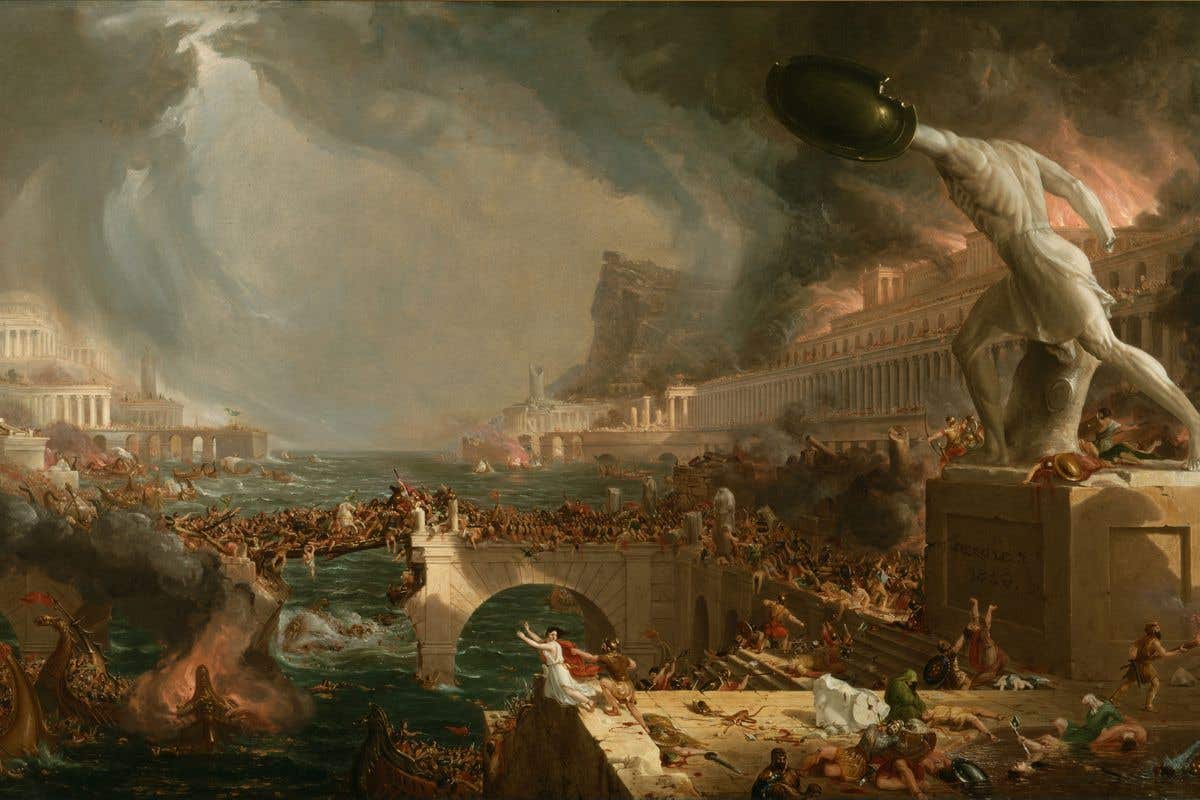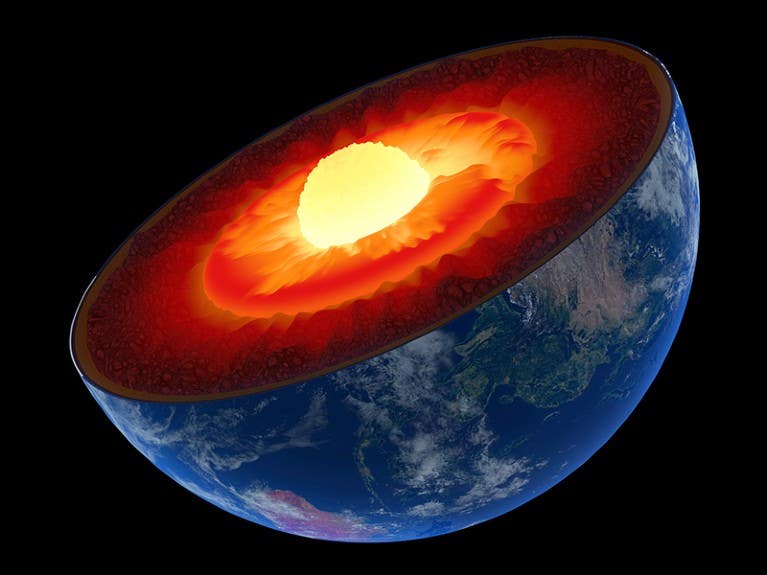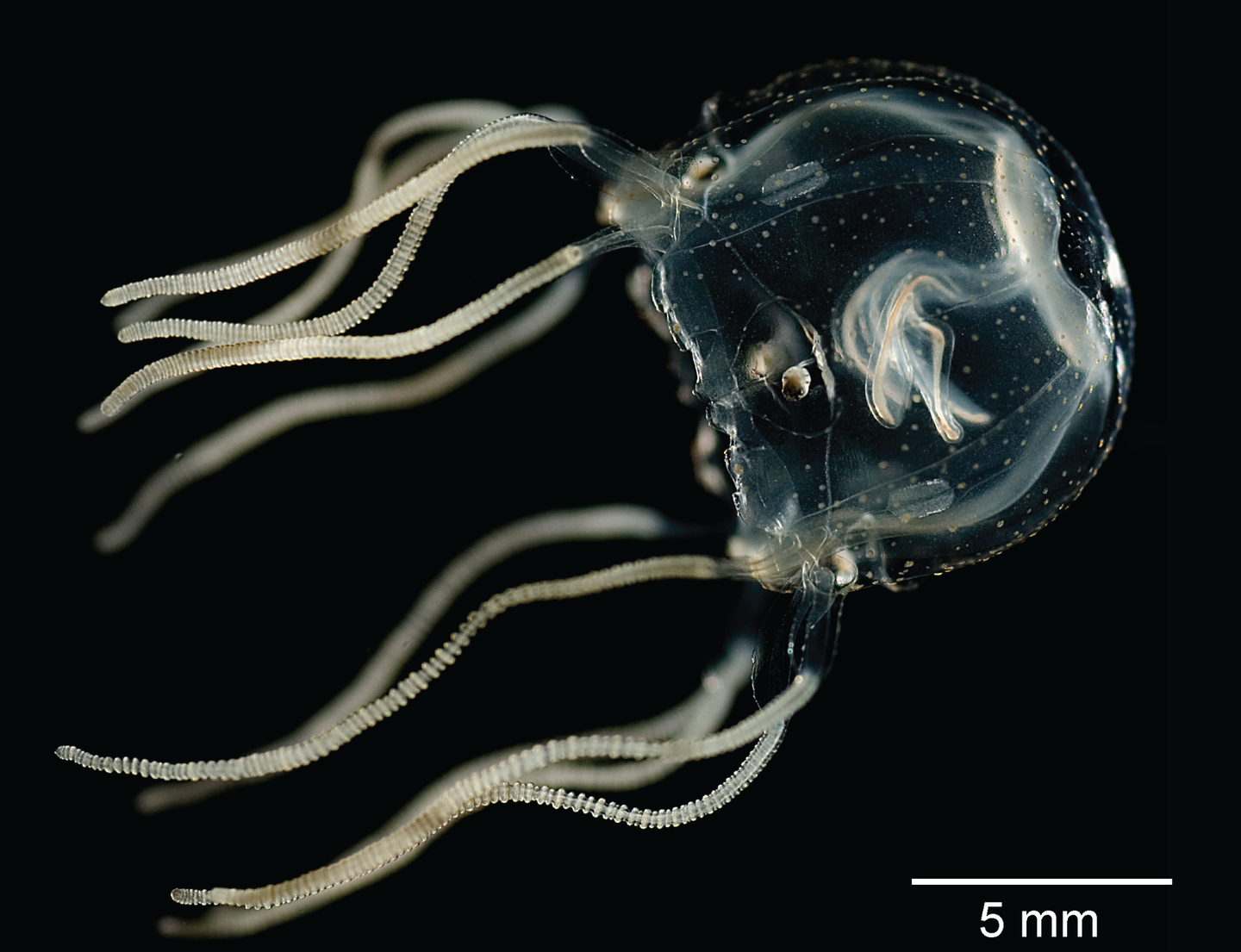Did climate change trigger pandemics in the past?
Ocean floor samples offer the inaugural detailed regional climate record, establishing a connection to pandemics in the process.

Researchers reconstructed temperatures and precipitation for the period from 200 BC to 600 AD, with a resolution of three years. (CREDIT: Creative Commons)
For their study in Science Advances, the researchers reconstructed temperatures and precipitation for the period from 200 BC to 600 AD, with a resolution of three years. This means that two data points cover a period of three years – an extremely high resolution for paleoclimate researchers.
The period extends from the so-called Roman Climatic Optimum to the Late Antique Little Ice Age. This period also includes three major pandemics known from historians’ records: the Antonine Plague (around 165 to 180 AD), the Cyprian Plague (around 251 to 266) and the Justinian Plague (from around 540).
Each of these pandemics followed a change in climate: the Antonine Plague occurred during a cold spell that followed several decades of cooling and drought. The Cyprian plague coincided with a second phase of severe cooling. Finally, the Justinian Plague followed an extreme cooling in the 6th century.
"There was always a parallel," explains first author Prof. Karin Zonneveld from MARUM and the Department of Geosciences at the University of Bremen. "A phase of climate change was followed by a pandemic outbreak."
Related Stories
Zonneveld and her colleagues used so-called dinoflagellates to reconstruct past temperature and precipitation patterns. These unicellular organisms live in the sunlit upper part of the ocean and form cysts that are deposited as fossils on the ocean floor.
Dinoflagellates have different preferences for their environment, with some living only in colder waters and others only in warmer waters. Some prefer waters with lots of nutrients, while others can only live in very clean, nutrient-poor waters, explains Zonneveld. "If the conditions in the upper waters change, the composition of the cyst species that accumulate on the seabed also changes." This creates a very high-resolution archive that goes back further than, for example, tree rings in this region can.
Karin Zonneveld and her colleagues took the samples from a core originating from the Gulf of Taranto. Volcanoes regularly erupt in southern Italy – the most prominent example is the eruption of Mount Vesuvius in 79 AD, which destroyed Pompeii.
Theater in Pompeii. In its heyday, the Roman Empire was one of the most densely populated regions. (CREDIT: MARUM – Center for Marine Environmental Sciences, University of Bremen; K. Zonneveld)
The ash emitted rises into the atmosphere, trickles down onto the water and then sinks to the seabed. There it forms a thin layer of ash, known as a cryptotephra. "Volcanic ash contains many small glass particles that can easily be seen with a polarizing microscope," explains Karin Zonneveld.
"The elemental composition of the glass particles in the ash of each volcano is unique and can even be different for individual eruptions of the same volcano. With the help of tiny needles, we were able to pick out individual pieces of glass and analyze their elemental composition in collaboration with the Bremen volcanologist Andreas Klügel."
The researchers used the gravity corer to recover the sediment core in the Gulf of Taranto. (CREDIT: MARUM – Center for Marine Environmental Sciences, University of Bremen)
In this way, the deposits could be precisely linked to volcanic eruptions of the Vesuvius and volcanoes on the island of Lipari of which the times of the eruptions was known. This allowed an exact dating of the core sediments.
For the missing piece of the puzzle, a coincidence brought Zonneveld together with her co-author, historian Prof. Kyle Harper from the University of Oklahoma (USA). He, too, had long suspected a causal link between climate and pandemics. Together, they were able to precisely date and compare the climate data as well as glass particle analyses with historical events.
Map of Italy and the Adriatic Sea indicating the major river systems, marine surface water currents, core positions, and important geographic features. (CREDIT: Science Advances)
The researchers conclude that climate-related stress could trigger a pandemic outbreak or intensify disease outbreaks - for example, because food is scarce and people become more susceptible for diseases.
Harper and Zonneveld agree that this could hold important information for the future: "It's true that we have a completely different society at the moment than in ancient times, mainly because of modern science and everything that goes with it - germ theory, antibiotics, vaccines, clean water. But there are also parallels.
Schematic drawing of the relationship between climatic change and sociological, physical, and biological factors influencing infectious disease outbreaks. (CREDIT: Science Advances)
Much like in Roman times, climate is still an important factor affecting fundamental aspects that influence our wellbeing. These include agriculture, access to clean water, biodiversity, geographical distribution and migration of organisms.
Studying the resilience of ancient societies to climate change and exploring how climate change and the incidence of infectious diseases are linked could give us a better insight into the climate change-related challenges we face today."
For more green news stories check out our Green Impact section at The Brighter Side of News.
Note: Materials provided above by The Brighter Side of News. Content may be edited for style and length.
Like these kind of feel good stories? Get the Brighter Side of News' newsletter.



